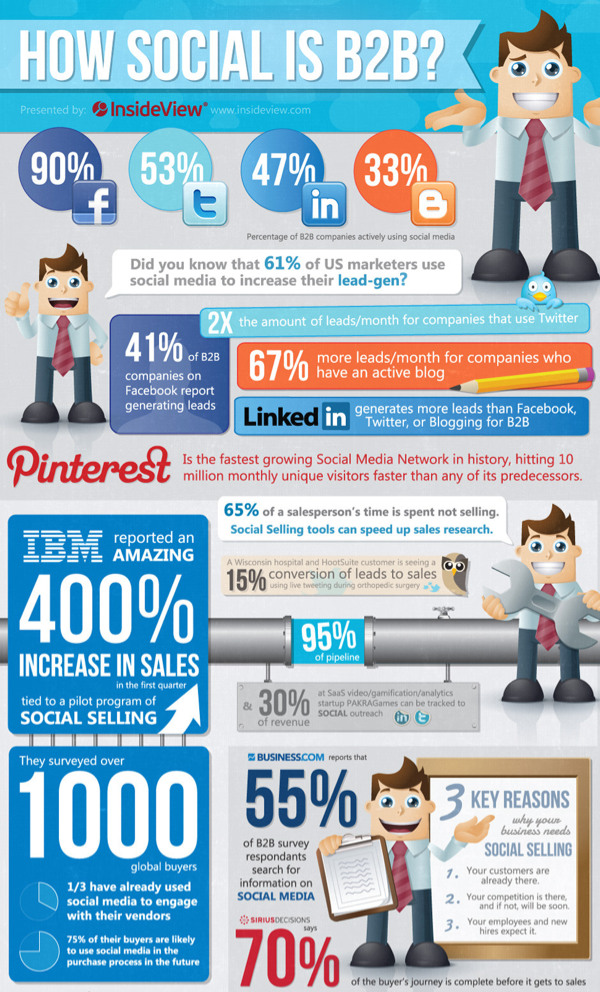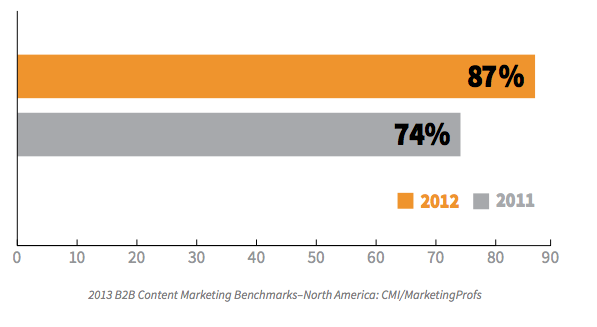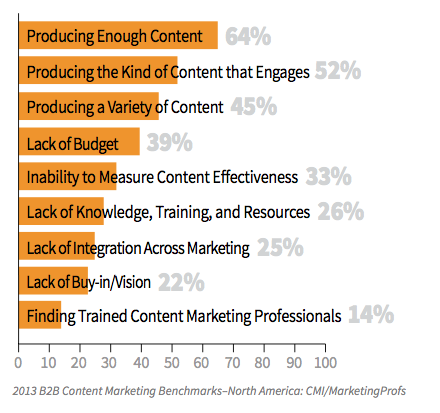By adaptive - March 20th, 2013
Content is as important to B2B social media as it is for B2C. The content you create is a powerful ally in creating a brand story that appeals to your stakeholders and identifies new markets.

In context


Understanding the stakeholder
Develop your story
- Market research – focus groups, analysis, and surveys.
- Identify your audience.
- A strategy – defined objectives and planned content over the long and short term.
- Measurement – how you will assess the success, or failure of a campaign.
- Internal social media guidelines.
- A clear business performance objective.
- The channels – maximise your conversations.
- A two-way conversation – be ready to respond to your customers.
Interaction is key

In the end…
Next Reads
June 2014, New York
Become a social business: For superior marketing response, sharper corporate decision-making, enhanced innovation and a happier, more loyal customer
Brochure Programme